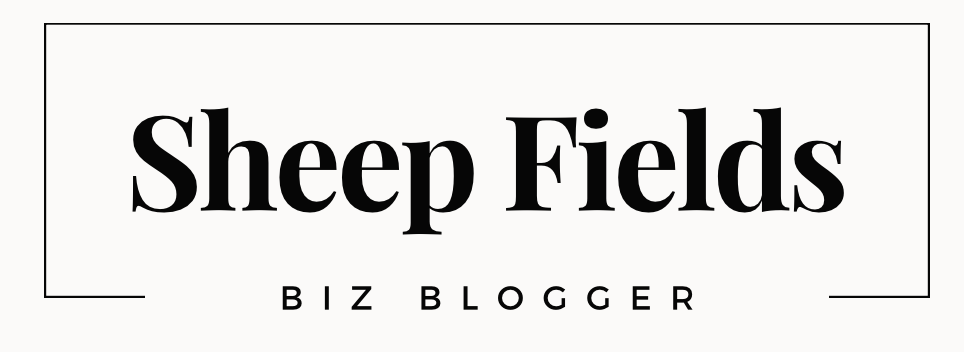As technology continues to advance at an exponential rate, the printing industry is not exempt from the rapid changes that come along with it. From digital printing to sustainable practices, the printing industry has seen many shifts in recent years. In this article, we will explore some of the emerging trends in the printing industry and how they are shaping the future of this ever-evolving field.
Introduction of Digital Printing
Digital printing has become increasingly popular in the printing industry due to its flexibility and efficiency. Unlike traditional printing methods, digital printing allows for shorter print runs, faster turnaround times, and customizable designs. This shift in technology has made it easier for businesses to create personalized marketing materials and reduce waste by only printing what is needed.
One of the key advantages of digital printing is its ability to produce high-quality prints at a lower cost compared to traditional printing methods. This has made it a preferred choice for many businesses looking to save on printing expenses without compromising on quality. Additionally, digital printing allows for variable data printing, which enables businesses to create targeted marketing materials tailored to individual customers.
Sustainable Printing Practices
In recent years, there has been a growing emphasis on sustainable practices within the printing industry. With the rise of environmental awareness, many printing companies are implementing eco-friendly initiatives to reduce their carbon footprint. This includes using recycled paper, soy-based inks, and energy-efficient printing equipment.
Some printing companies have also invested in carbon offset programs to neutralize the environmental impact of their printing operations. By embracing sustainable printing practices, these companies are not only reducing their environmental footprint but also appealing to environmentally conscious consumers who seek eco-friendly products and services.
3D Printing Revolution
One of the most exciting trends in the printing industry is the adoption of 3D printing technology. 3D printing allows for the creation of three-dimensional objects layer by layer, making it ideal for prototyping, manufacturing, and customization. This technology has opened up new possibilities for businesses across various industries, from healthcare to automotive.
In the healthcare sector, 3D printing is being used to create medical devices, prosthetics, and even artificial organs. This technology has revolutionized the way medical professionals approach patient care, offering personalized solutions that were once thought to be impossible. In the automotive industry, 3D printing is used to create prototypes and spare parts, resulting in faster production times and cost savings.
Rise of Print-on-Demand Services
Print-on-demand services have become increasingly popular in the printing industry, allowing businesses to print products only as they are ordered. This eliminates the need for large print runs and excess inventory, ultimately reducing waste and lowering costs. Print-on-demand services are commonly used for printing books, apparel, and promotional items.
By utilizing print-on-demand services, businesses can offer a wider range of products without the risk of overproduction. This flexible and cost-effective approach to printing has enabled businesses to respond quickly to changing market demands and customer preferences. As e-commerce continues to grow, print-on-demand services are expected to become even more prevalent in the printing industry.
Augmented Reality Integration
Another emerging trend in the printing industry is the integration of augmented reality (AR) technology. By combining print media with digital content, businesses can create interactive and engaging experiences for their customers. This technology allows for the seamless integration of print and digital marketing strategies, making printed materials more interactive and memorable.
With AR integration, businesses can create dynamic print advertisements, packaging, and promotional materials that come to life when viewed through a smartphone or tablet. This not only enhances the overall customer experience but also provides valuable data on customer engagement and behavior. As AR technology continues to evolve, we can expect to see more businesses leveraging this innovative approach to printing.
Conclusion
The printing industry is constantly evolving, driven by technological advancements, changing consumer preferences, and environmental considerations. From digital printing to sustainable practices, 3D printing, print-on-demand services, and AR integration, there are many exciting trends shaping the future of the printing industry. By staying informed and adapting to these trends, businesses can remain competitive in an ever-changing marketplace and continue to provide innovative printing solutions for their customers.

